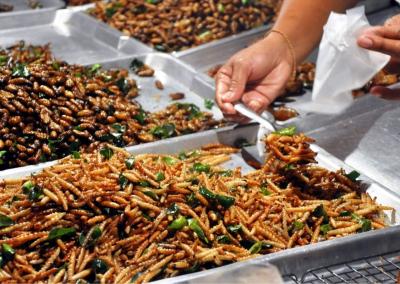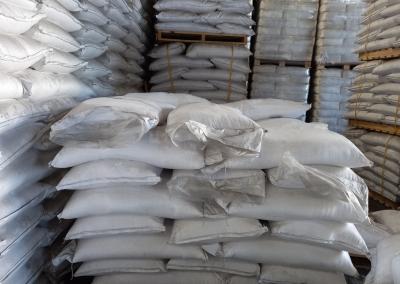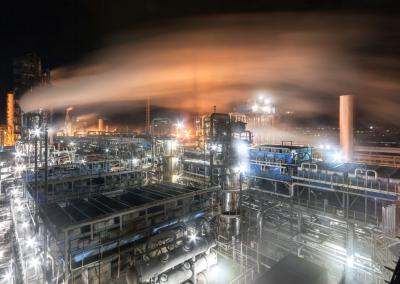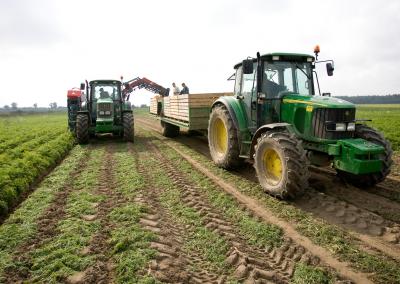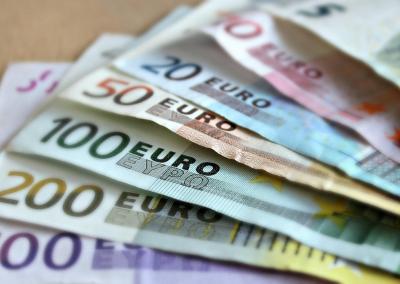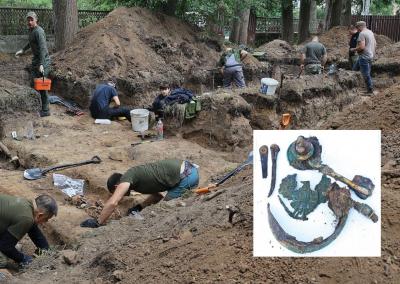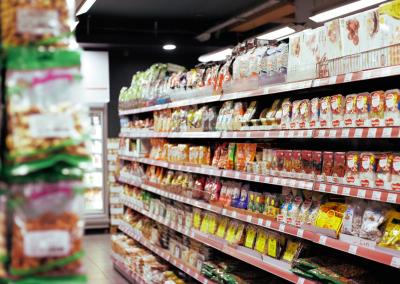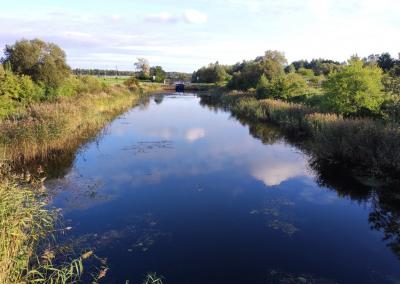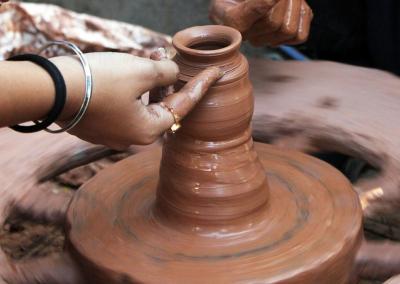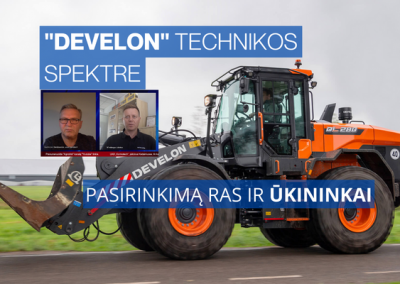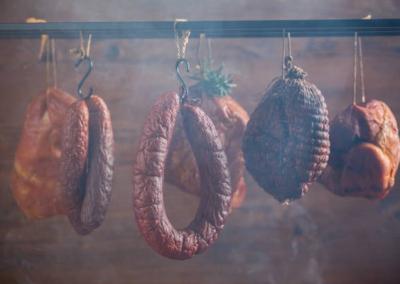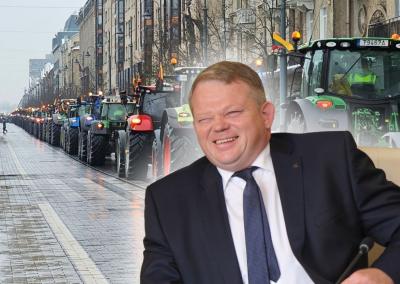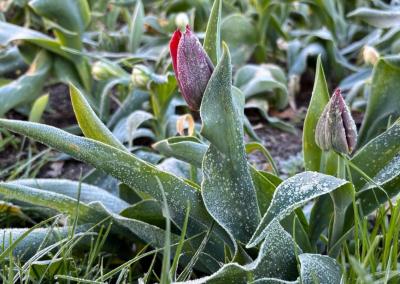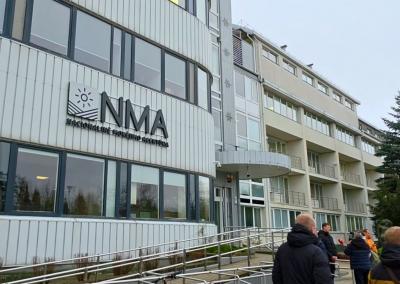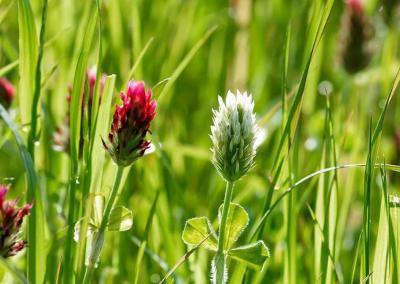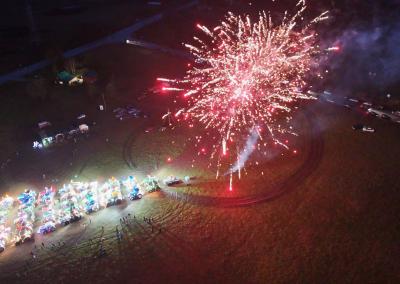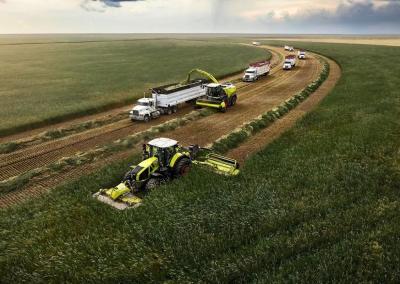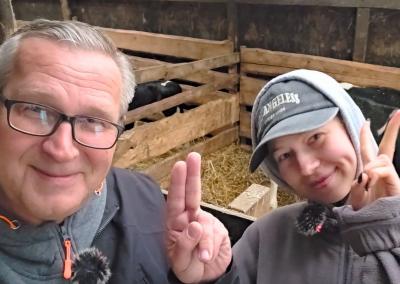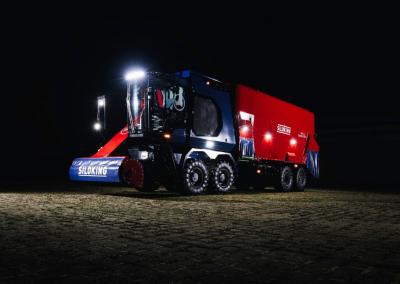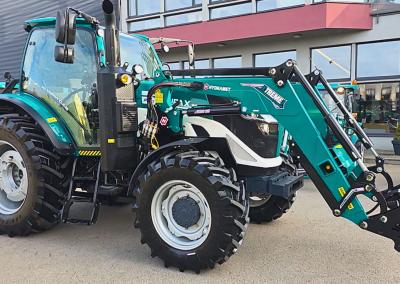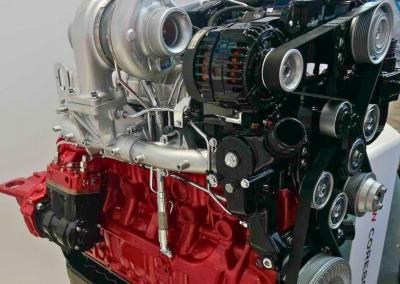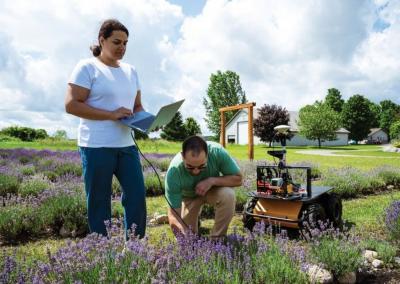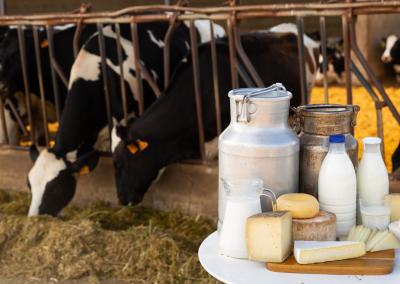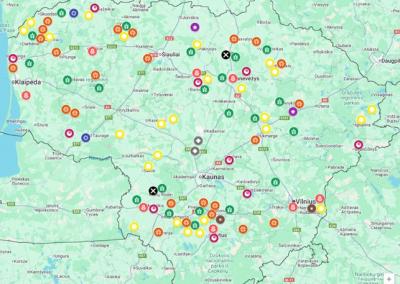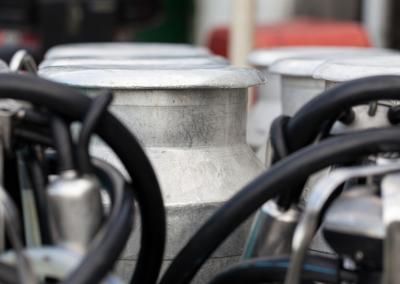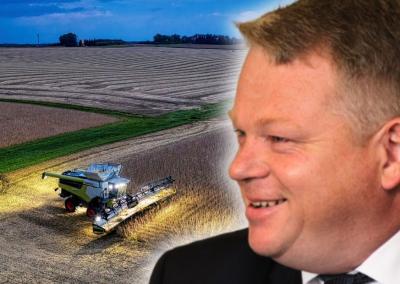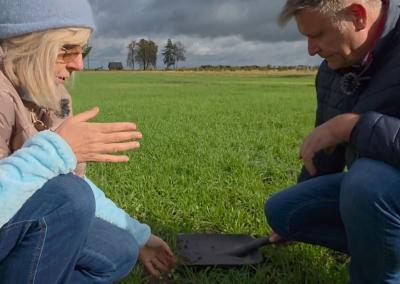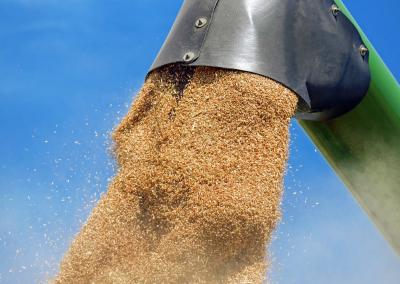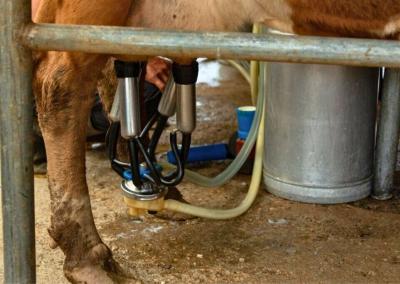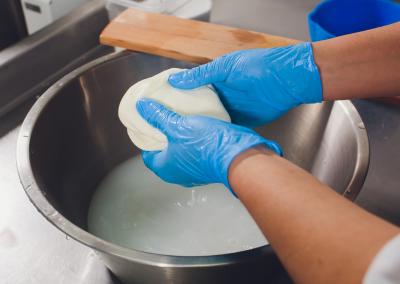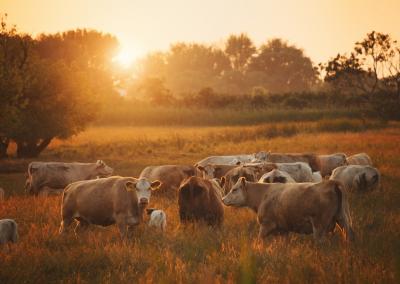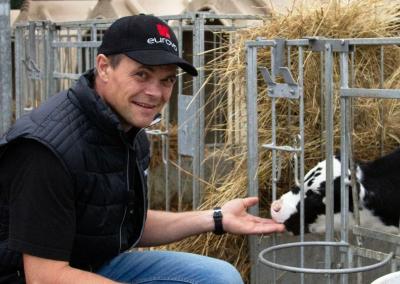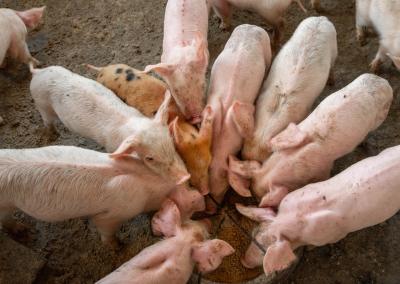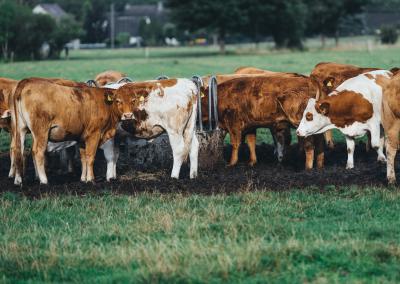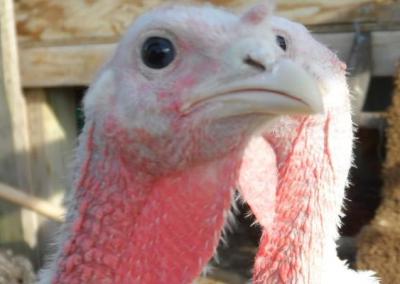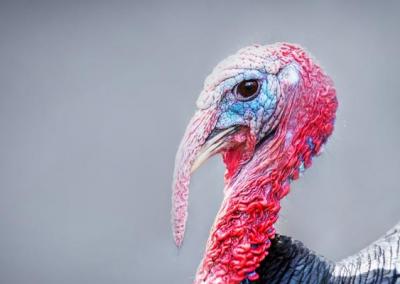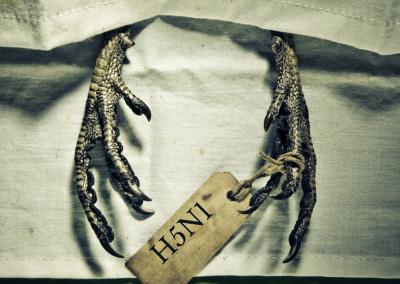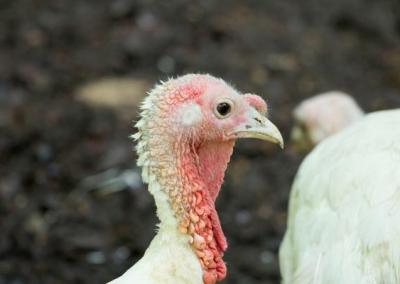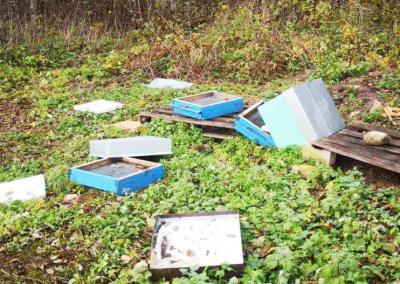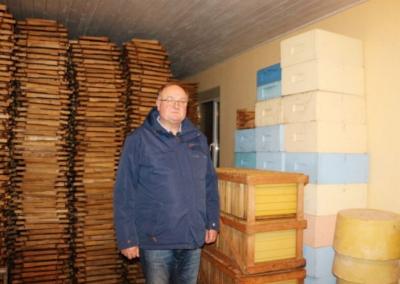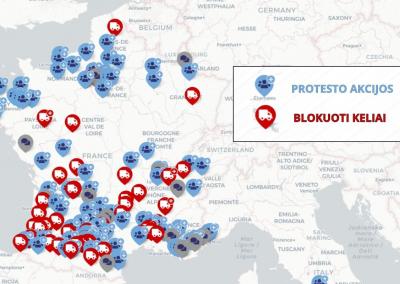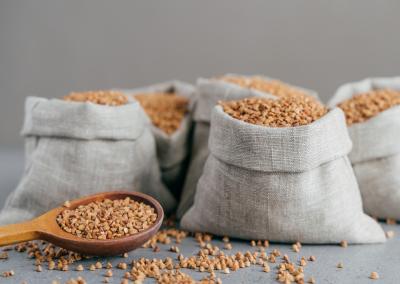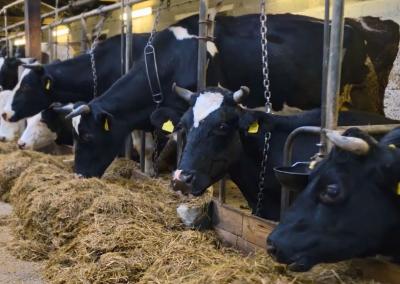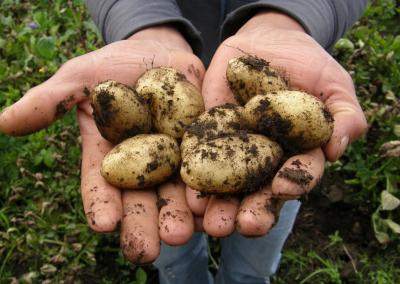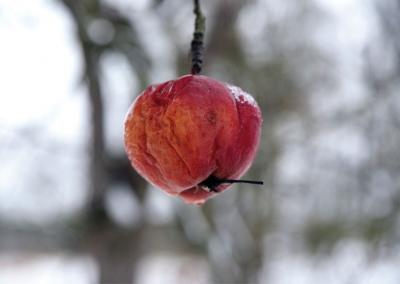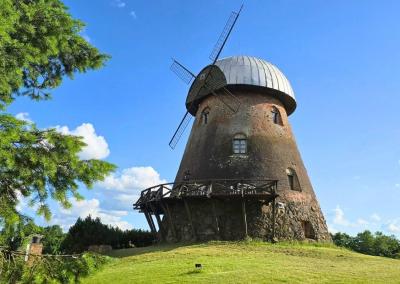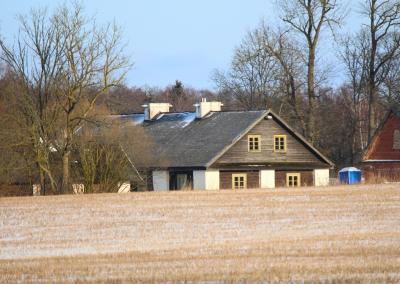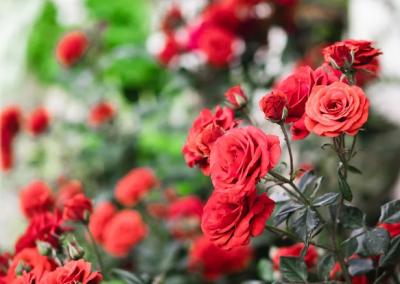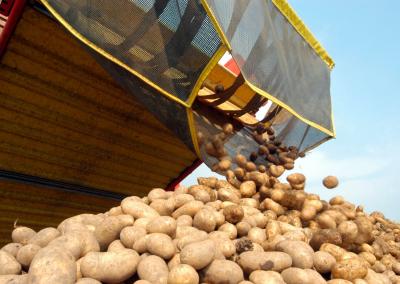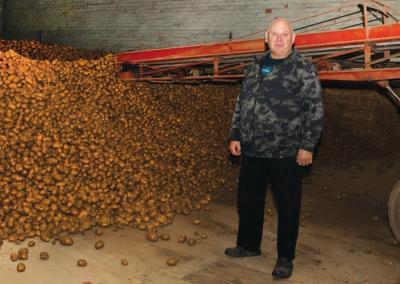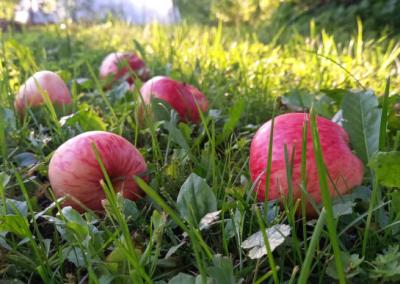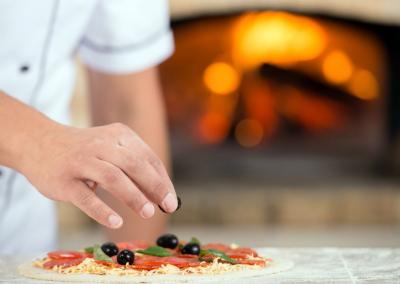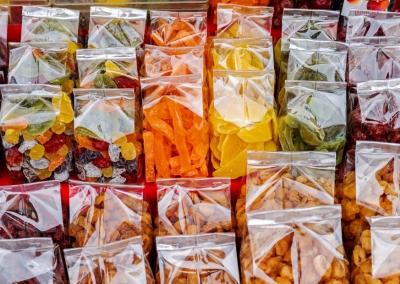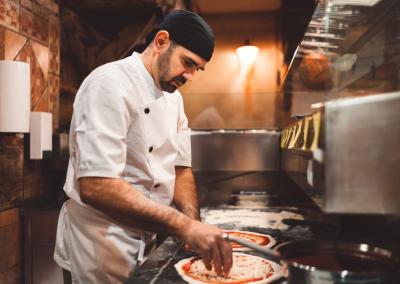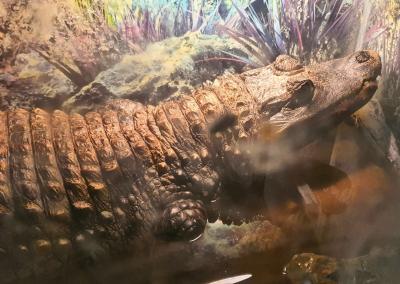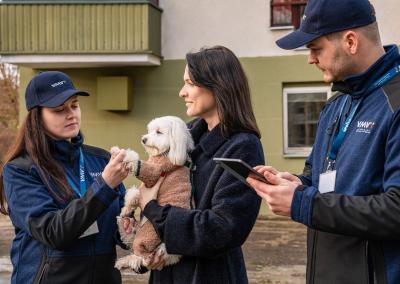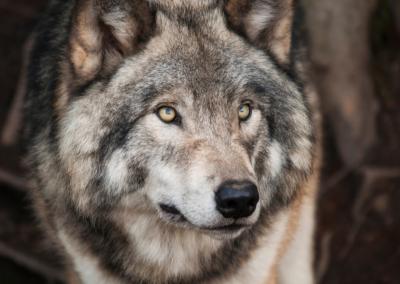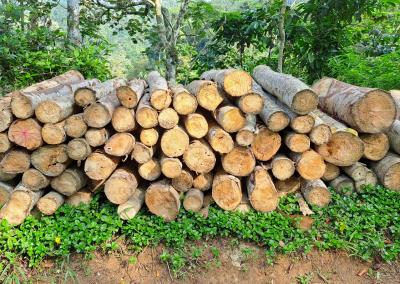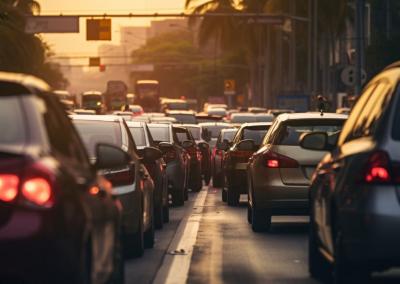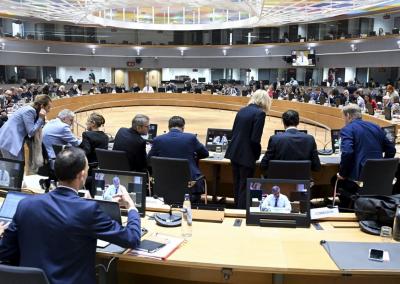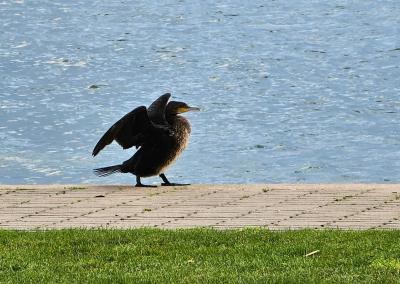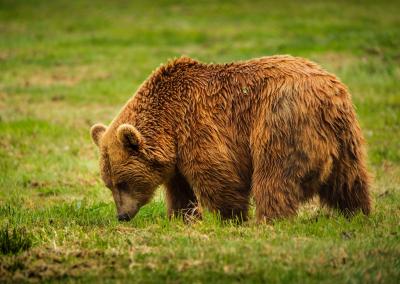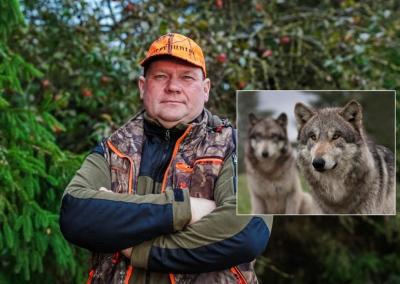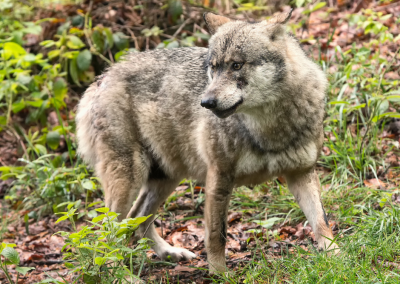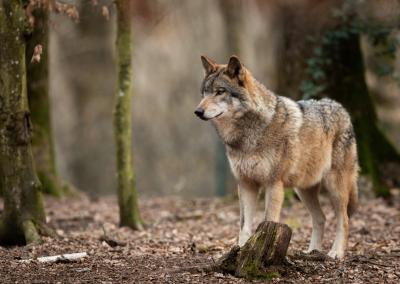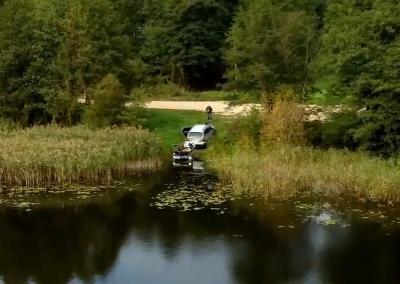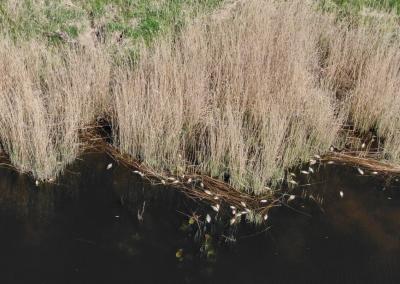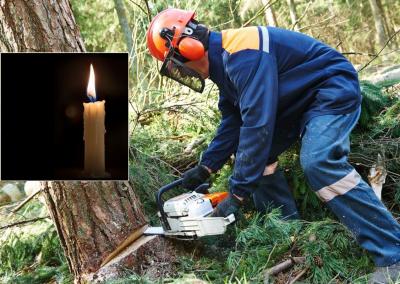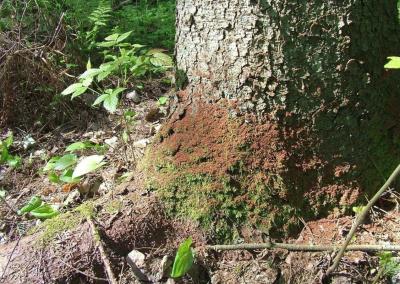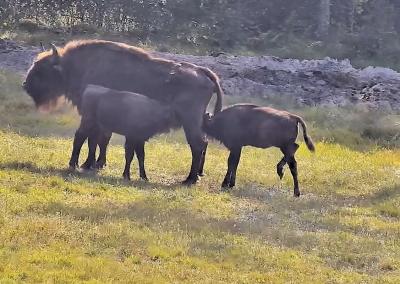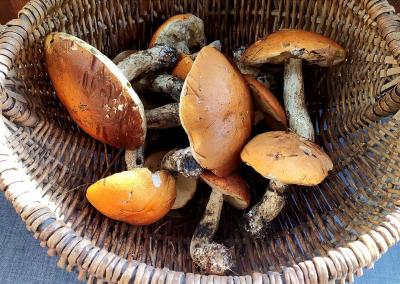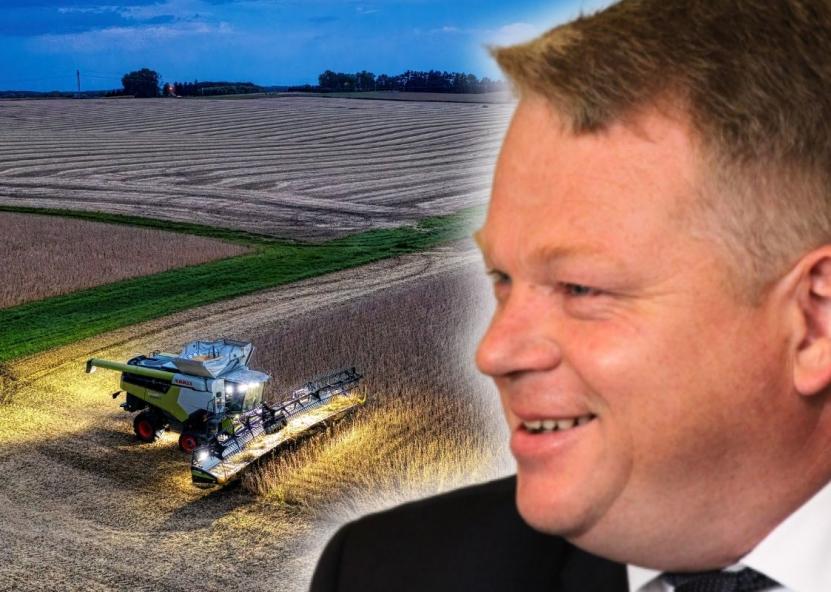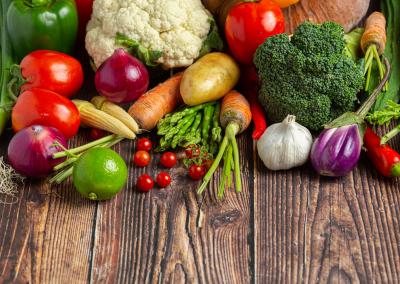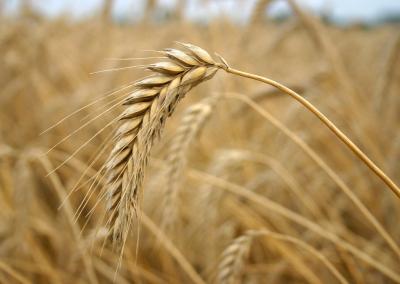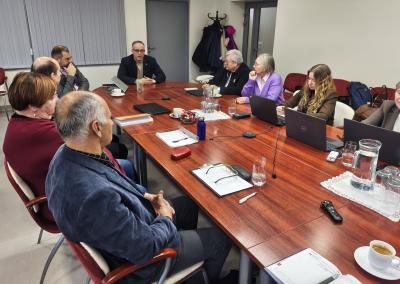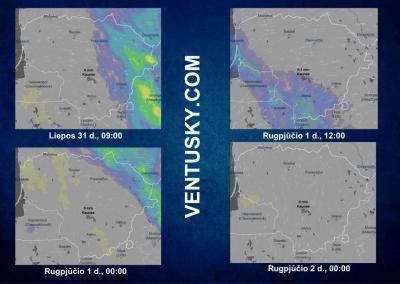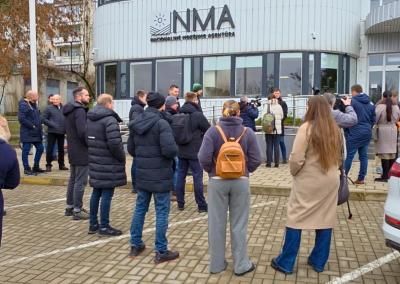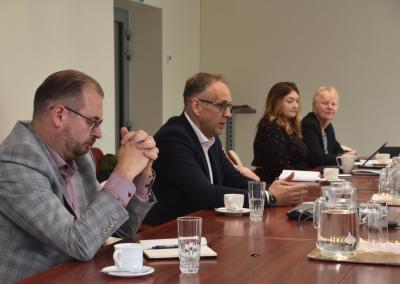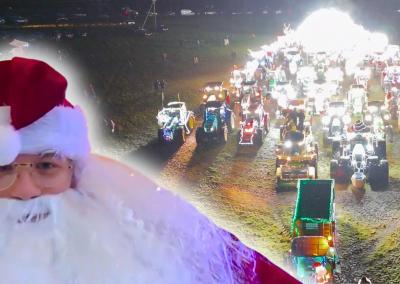Is Lithuania ready to grow soya? Government declarations are different from actions
In Lithuania, the area under soya declarations has been increasing in recent years. In addition, the Ministry of Agriculture (MAA) is also presenting the crop as agronomically beneficial and environmentally sustainable. However, an interview with Saulius Daniulis, Vice-Chairman of the Lithuanian Organic Farms Association (LEŪA), and the Ministry's own answers, show that the actual policy to promote soya cultivation is still very fragmented. It lacks strategic solutions and concrete investments to promote the growth of the sector.
Real situation
The MAF states that soya is considered a supported activity because it is included in the protein crops group, which is covered by coupled support and eligible for direct payments. However, the answers provided show that soya is not identified as a strategic crop. Although it is officially stated to be essential for local fodder production.
„There are no discounts for soya seed, nor are there any bonuses for its cultivation. It is at least good that the current Minister of Agriculture has taken note of this and is beginning to say that Lithuania does not grow and produce protein feed," Daniulis notes.
All the support measures mentioned by the ministry – from direct payments to eco-schemes or investment programmes – are generic in nature and apply to a wide range of crops and farms. The LEŪA Vice-Chairman regrets that soya farmers do not have any exclusivity to encourage them to expand more.
Stagnant development of the sector
„The area under soya cultivation in Lithuania and the number of applicants are increasing. In 2023, 33 applicants declared 1,418.66 ha. In 2024, 40 applicants declared 1139.36 ha. And in 2025, as many as 135 applicants have declared 2605.42 ha of soya cultivation, according to the statistics provided by the Ministry of Agriculture.
But this jump – is more the result of farmers responding to the market and its needs than the Ministry of Agriculture's merit.
The range of measures that the Ministry cites as supposedly promoting soya cultivation, from the establishment of young farmers to mutual funds, are not geared towards the development of the sector. So what is needed from the Ministry?
„I would like to see a clear deadline set for when we will finally phase out GMOs in animal feed, so that Lithuania can come to its senses about what it is doing. If we do not allow GMO feed to be grown, why do we allow it to be bought from all sorts of „shrot“ – Argentina, etc.? After all, we feed such GMO feed to our animals and then our people eat their meat...“, – wonders S. Daniulis and adds that he would like to see stronger financial support from the Ministry of Agriculture for soya cultivation as well as for processing.
„Co-operatives that combine farming, livestock farming, soya production and processing could produce suitable feed. It would also encourage and support cooperatives because they would do all the work themselves, without having to sell soya to a commercial feed mill and then buy the feed back from them," said the LEŪA Vice-Chairman.
Stigmas
„Many people talk and think that soy – a heat-loving plant, is a novelty. They do not know that there were as many as 4 varieties of soya in Lithuania between the two world wars and that they were already cultivated in our country. So there is a great lack of information“, – the prevailing stereotypes about soy begin to be listed by S. Daniulis.
„The second nuance – is the lack of science and advice – i.e. how to grow soya. At the moment, there are maybe only about 2,000 hectares of soya cultivation in Lithuania, which is a miserable situation," continues the LEŪA Vice-Chairman, adding that a third obstacle to the expansion of soya cultivation is the lack of encouragement from the Ministry of Agriculture.
The Ministry is aware of the obstacles to the development of this sector. „The production systems for many protein crops are relatively complex compared to other cereal crops. Soybeans are characterised by greater yield variability, which, together with the lack of breeding resources, can reasonably be considered a barrier to further development, despite their agronomic and environmental benefits,– the MAFF points out, but so far has done nothing to financially encourage farmers to overcome the challenges and to choose soybeans over conventional crops.
